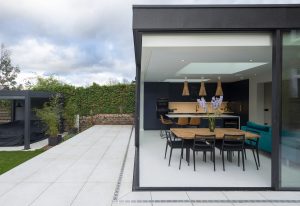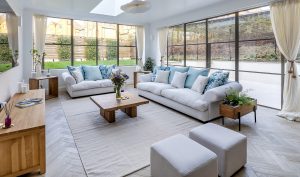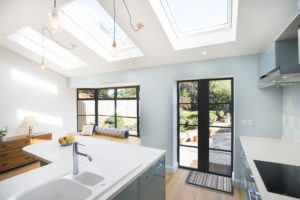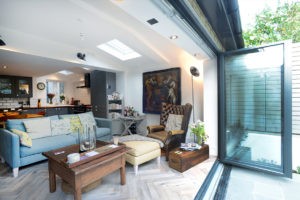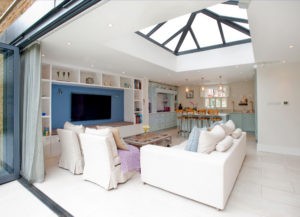Designing a bathroom that strikes the right balance between style and functionality can feel like a challenge but with the right approach, it can also be an exciting opportunity to create a space that’s practical and beautiful. Whether you’re working with a small family bathroom or a luxury ensuite, following a few key principles will help you achieve a design that ticks all the boxes. From smart storage solutions to selecting the perfect colour palette, here are the golden rules for bathroom design that every homeowner should keep in mind.
Storage: The Cornerstone of a Well-Organised Bathroom
Storage is one of the most crucial aspects of bathroom design. A bathroom that lacks proper storage can quickly become cluttered, which can make even the most stylish space feel chaotic. The key is to have a well-thought-out storage plan that caters to your specific needs and the size of the room.
Firstly, think about the amount of storage you’ll need to accommodate daily essentials, and consider who will be using the bathroom. Are you designing a family bathroom with multiple users, or will it be a private ensuite? This will affect your storage needs.
For smaller bathrooms, vertical storage is your best friend. Tall, slim cabinets and wall-mounted shelves can maximise storage without taking up valuable floor space. Recessed shelves inside the shower or above the bath are another great way to add storage without sacrificing style. If built-in storage isn’t an option, consider baskets, storage boxes or even stylish ladders to store towels and toiletries in a way that adds a touch of character to the room.
Natural Light: Maximising the Available Light
Natural light is a game-changer in bathroom design. It has the power to make a small space feel more open and inviting, while also creating a relaxing, uplifting atmosphere. If your bathroom has access to natural light, use it to your advantage.
Even if your bathroom is in a location that doesn’t have easy access to windows or doors, there are still ways to brighten up the space. Roof lights are an excellent way to introduce natural light, especially if wall windows aren’t feasible. For bathrooms with windows, choose light, airy window treatments like sheer curtains or frosted glass to maintain privacy without blocking the sunlight. These options allow light to filter through wile still softening the view.
If your bathroom has limited natural light, use mirrors strategically to reflect and amplify whatever light is available. Place a large mirror opposite the window, for example, can create the illusion of more space and light.
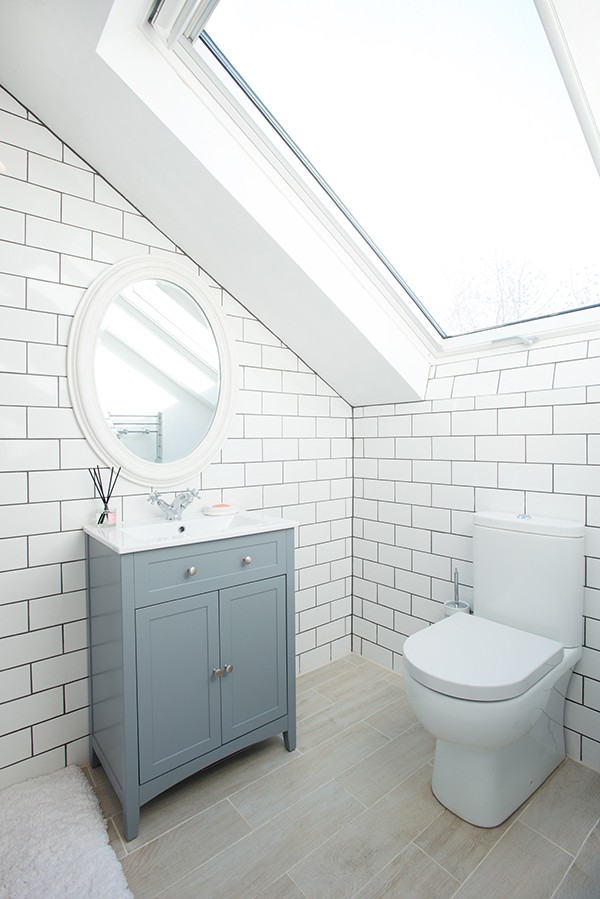
Artificial Lighting: Balancing Ambience and Functionality
While natural light is important, artificial lighting is essential for creating a functional and inviting bathroom, especially when the sun goes down. A well-designed lighting scheme should combine both task and ambient lighting to meet all your needs.
Task lighting is key in areas like the vanity or mirror, where you’ll need bright, focused light for activities like shaving or applying makeup. Wall-mounted lights or LED strips around mirrors work well for this purpose, as they provide even, shadow-free illumination.
Ambient lighting, on the other hand, helps to create a warm, welcoming environment. Consider adding LED strips under cabinets or along the edges of shelves to create soft, indirect lighting. Statement lighting pieces, such as pendant lights, can also add personality and depth to the room.
Don’t forget to use dimmable lights if possible, allowing you to adjust the lighting to match your mood.
Details: Finishing Touches that Make a Difference
The small details in your bathroom design can elevate the space from functional to beautiful. Thoughtful selection of hardware and accessories can add style and personality without overwhelming the room.
Pay attention to hardware elements like taps, drawer handles and towel rails. Choose finishes that complement each other and fit the overall aesthetic of your bathroom. Accessories like soap dispensers, toothbrush holders and storage features can tie everything together. Opt for matching or complementary items to create a cohesive look. The same goes for soft furnishings like towels and bath mats, which will add texture and warmth.
Simplify: Less is More
When it comes to bathroom design, simplicity often leads to elegance. A cluttered or overly busy bathroom can feel cramped and stressful, so it’s important to streamline your design for both aesthetics and function.
Start by focusing on clean lines, simple shapes and a straightforward layout. By limiting the number of different materials, colours and finishes, you can avoid visual chaos and achieve a more harmonious design. For example, if you have a striking feature tile, keep the rest of the space neutral to let the tile shine.
Don’t cram in too much into a small space. If your bathroom is small, don’t try to squeeze in too many elements. For instance, if you can’t fit both a bath and a shower, consider option for a combined solution. Prioritise practical needs to make sure there’s enough room to move comfortably around the bathroom. To maintain a serene atmosphere, avoid cluttering surfaces with too many decorative items like candles, plants and diffusers. Instead, keep things organised with trays or hidden storage compartments.
Functional: Prioritising Layout and Usability
No matter how beautiful a bathroom looks, it must function well for its users. This means carefully planning the layout and ensuring the room meets your practical needs.
Start by considering the placement of essential elements like the sink, loo and shower. These should be arranged logically to make daily routines as smooth as possible. Ensure that the shower door can fully open without hitting other fixtures, and that there’s ample space around the loo for comfort and privacy.
If multiple people will be using the bathroom, consider features like a double vanity or separate storage areas for each user. Also, think about how easy the bathroom will be to clean and maintain – smooth surfaces and accessible storage will make a big difference in the long run.
Colour Palette: Setting the Tone
Your colour palette can set the mood for the entire bathroom. Soft, neutral shades like white, grey and beige are popular for creating a timeless, calming environment. These colours also reflect light well, which can help make smaller spaces feel more open.
If you’re looking to make a bolder statement, darker tones like navy blue, charcoal or forest green can add a sophisticated, dramatic touch. These shades work particularly well in larger bathrooms or as accent colours against neutral backgrounds. Alternatively, you could introduce colour through feature tiles, an accent wall or bold accessories.
When selecting your colour palette, think about longevity. While trend colours may seem appealing now, opting for a more timeless base palette will help ensure your bathroom looks fresh and stylish for years to come.

Design Element: Creating a Focal Point
Finally, every great bathroom design benefits from a standout design element – as feature that draws the eye and ties the room together. This could be anything from a statement freestanding bathtub to a stunning feature wall or an eye-catching light fixture.
A focal point doesn’t have to dominate the room, but it should add character and interest. For instance, a bold tile pattern or a beautifully designed vanity can serve as a visual anchor that enhances the overall design.
Designing a bathroom that balances style, functionality and comfort requires thoughtful planning and attention to detail. By prioritising storage, lighting, layout and finishes, you can create a bathroom that not only meets your needs but also provides a tranquil space. Keep things simple, make the most of natural light and don’t be afraid to introduce a standout design element.


